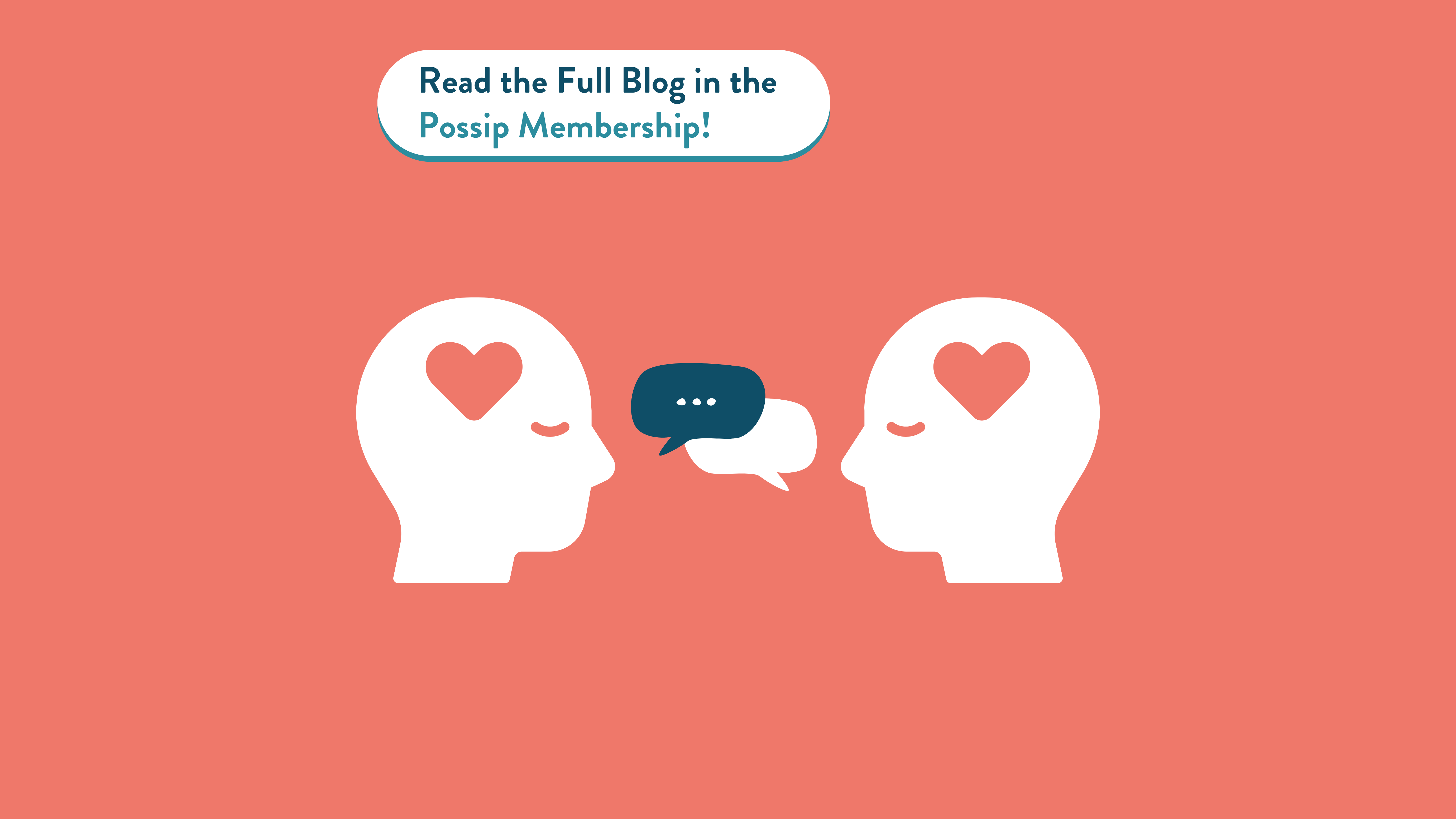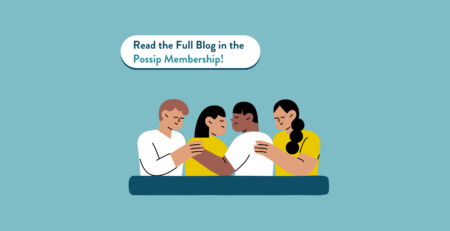We all communicate, but it can look so different from person to person – which can lead to misunderstanding. If we identify our own communication styles and those around us, we can improve the way we interact with one another. Moreover, teaching and practicing assertive communication skills helps avoid misunderstandings and foster respect.
Elizabeth Janca, experienced school administrator, Licensed Professional Counselor, and Possip Reporter, shares different types of communication as well as tips for improved communication.
Types of Communication - Aim for Assertive Communication
Boise State University provides a quick overview of the “Passive – Assertive – Aggressive Continuum” when it comes to communication types.

Assertive Communication
As the most effective type, people who use this communication style take into consideration the needs, wants, and thoughts of both or all parties involved. To that end, an individual who has an assertive communication style can stand up for their own wants, needs, and thoughts while being able to empathize and respect others’ perspectives.
Assertive Communication looks like:
- listening without interruption
- clear communication of needs, wants, and thoughts
- a willingness to compromise
- projecting confidence through tone and body language
- maintaining good eye contact
Aggressive Communication
In aggressive communication, the individual focuses on their own needs, wants, and thoughts and ignores those of others.
Aggressive Communication looks like:
- being easily frustrated
- interrupting and speaking loudly over the other
- showing an unwillingness to compromise
- using language that conveys criticism
- exhibiting general disrespect for others
Passive Communication
Finally, on the other end of the continuum, we have passive communication. With passive communication, the individual focuses on the needs, wants, and thoughts of others while ignoring their own. Often this can come at the expense of the individual and cause them harm or discomfort in some way. Passive communicators struggle to stand up for themselves and may often be taken advantage of even by well-meaning people.
Passive Communication looks like:
- being soft-spoken
- prioritization of others
- poor eye contact
- projecting a lack of confidence





